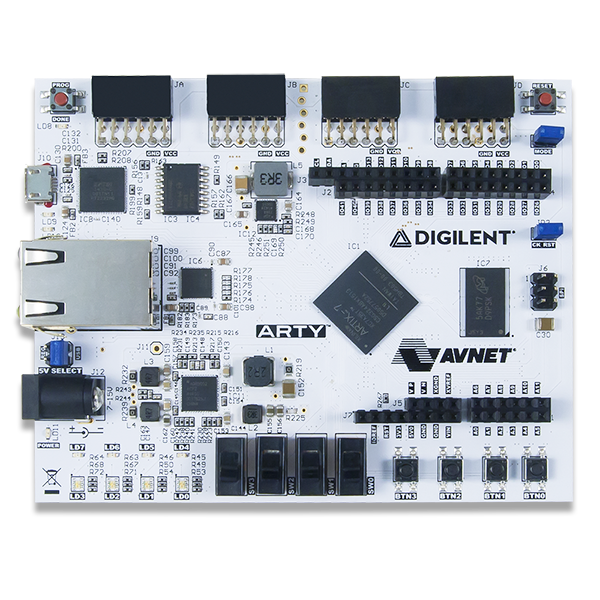Documentation
This section provides user and developer documentation for OpenTRNG the open-source TRNG framework.
Repository organization
The OpenTRNG repository is organized into the following main directories:
analysis: contains the tools (such as entropy estimators and auto-correlations) for the analysis of the resulting random binary sequences,emulator: includes the ring oscillator time series emulator and the raw random number emulators,hardware: encloses HDL sources for simulation and FPGA implementation of the PTRNG,remote: include scripts for remote controlling the OpenTRNG hardware target from a PC.
Prerequisites
To take full advantage of OpenTRNG, you will need: Python 3, an HDL simulator, and a hardware toolchain (for FPGA or ASIC). Running on Ubuntu Linux is recommended, though it is compatible with other Linux distributions as well as Windows.
Python
To get the required installation of Python 3, please install the following packages:
$ sudo apt install python3 python3-venv python3-dev
Create a virtual environment python3 -m venv .venv activate the venv source .ven/bin/activate and install required packages with pip install -r requirements.txt. For other Python environment or package managers (like conda), all required modules are listed in requirements.txt.
HDL simulator
All OpenTRNG blocks are ported to Verilog and VHDL. HDL can be simulated with Verilator, GHDL or any other simulators such as QuestaSim. Ensure that the verilator, ghdl, or the appropriate simulator command is accessible in your system’s path. Testbenches for simulation and verification are written in Python using cocotb. The generated waveforms (vcd files) can be visualized with GTKWave.
If not using ghdl, refer to the config.mk file in the hardware/sim directory to configure your preferred simulator for all testbenches.
Hardware
To go beyond the use of OpenTRNG emulators, you will need a hardware target. This allows you to run the provided HDL implementations on an FPGA (as instance), interact with the TRNG in real conditions, and generate random numbers directly from the physical entropy source.
Hardware target
OpenTRNG comes with direct compatibility to Digilent Arty7 FPGA board. It can be ordered from Farnell, Digikey, Mouser, etc. Other FPGA targets and boards can be easily supported, please find more information on the hardware documentation page.

Hardware tool-suite
As of now the OpenTRNG project only supports Vivado for Xilinx FPGAs. The project is tested on Vivado versions 2018.3, 2020.2 and 2021.1.